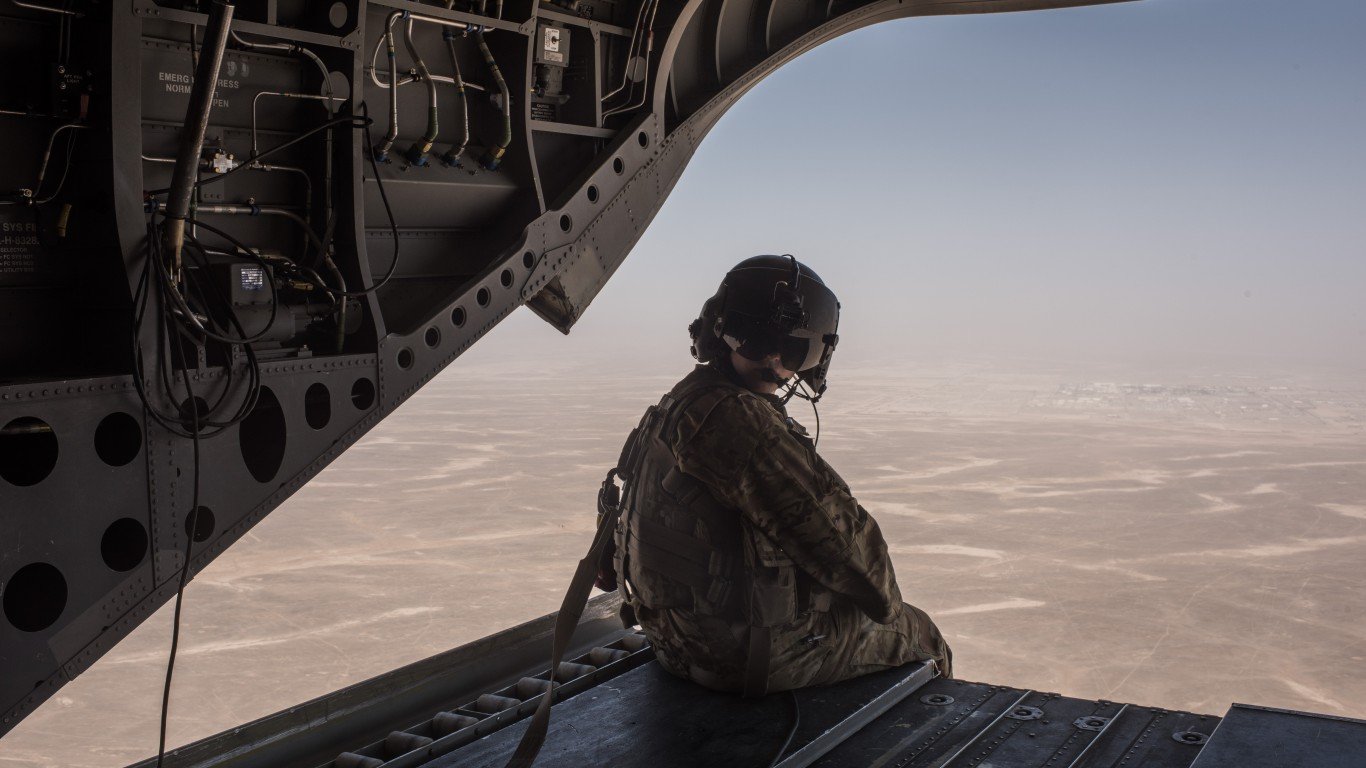

A truly effective and overpowering military in this modernized world has to be built with cutting-edge technology. For the U.S. military, keeping up with the latest technologies, researching and developing better ones, and upgrading systems – from networks to vehicles to weaponry – costs hundreds of billions of dollars a year.
To find how much – and on what – the U.S. military is spending on research and development, 24/7 Wall St. reviewed the U.S. House of Representatives Appropriations Committee’s Fiscal Year 2023 Defense Funding Bill, specifically the section of the bill that refers to Research, Development, Test and Evaluation, or RDT&E. The research programs are ranked in order of their total budget allocation.
The U.S. military’s RDT&E budget is roughly $131.7 billion. This is an increase of $1.6 billion from the original budget request and an increase of $12.5 billion from the previous year’s enacted bill.
Overall, the RDT&E-specific funding is allocated for the scientific research and development of new technologies, which will benefit the military in multiple capacities. Some of the budget is going towards developing new aircraft or missile technology, even new vehicles. Also, a fair amount is going towards improving cybernetic capabilities and infrastructure. (Not all of the weapons have the newest tech – these are America’s oldest weapons still in use by the military.)
While $132 billion might seem like a lot, it is the lowest category in the budget. The budget allocation for military personnel, which includes pay, totals $173 billion, for operation and maintenance the budget totals $269 billion, and for procurement it totals $144 billion. In all, the bill provides a total budget of $761.7 billion for the U.S. military, higher than every other country in military spending. (Also see, the countries that buy the most weapons from the U.S. Army.)
Here’s a look at what the Department of Defense is funding in its RDT&E section:
18. Aqueous film-forming foam replacement, disposal and cleanup
> Total approved funding: $20 million
Aqueous film-forming foam, or AFFF, was commonly used on military bases and vessels to fight fires. However, carcinogenic properties were found within the substance, and this funding is going towards disposal and cleanup of the material as well as developing a substitute.
[in-text-ad]
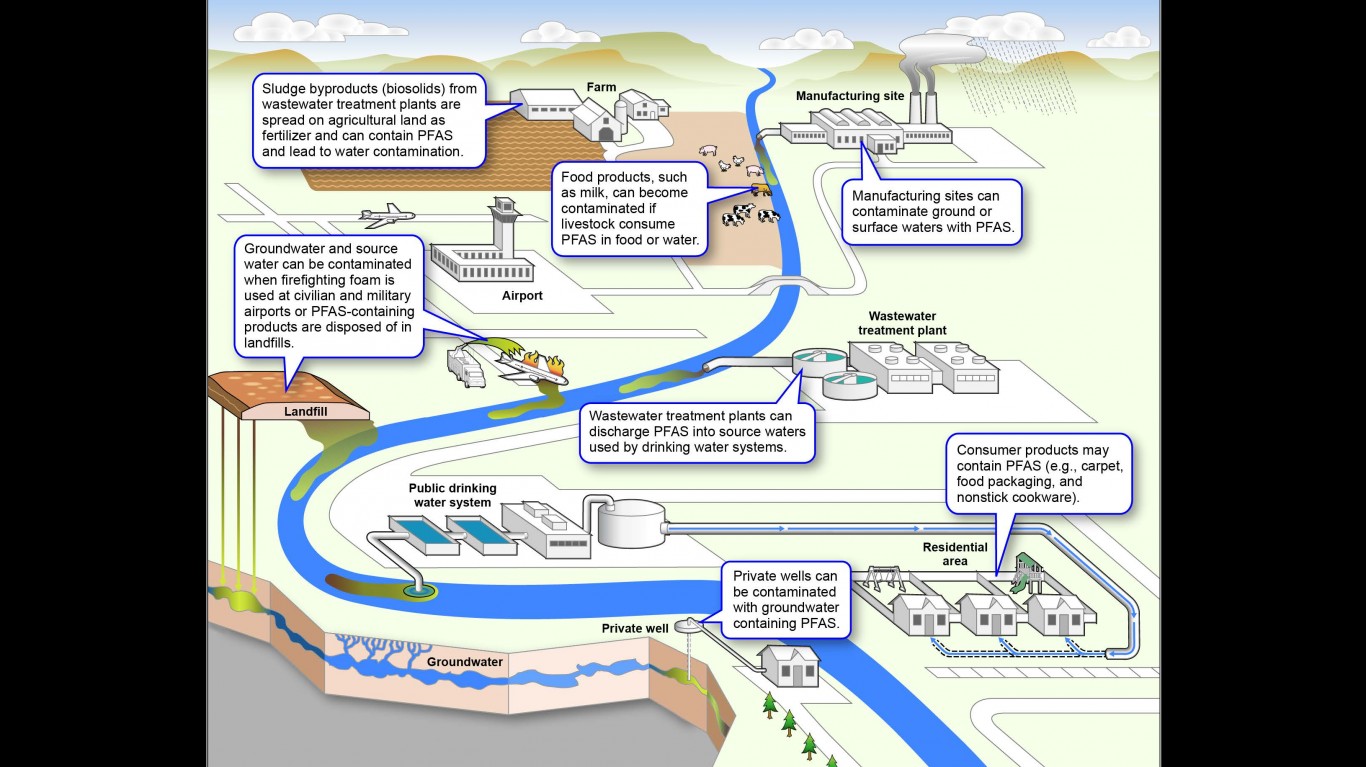
17. Polyfluoroalkyl substances remediation and disposal
> Total approved funding: $30 million
Much like AFFF, polyfluoroalkyl substances, or PFAS, are a series of chemicals that the U.S. military is phasing out due to their hazardous nature. The funding goes toward remediating and disposal.
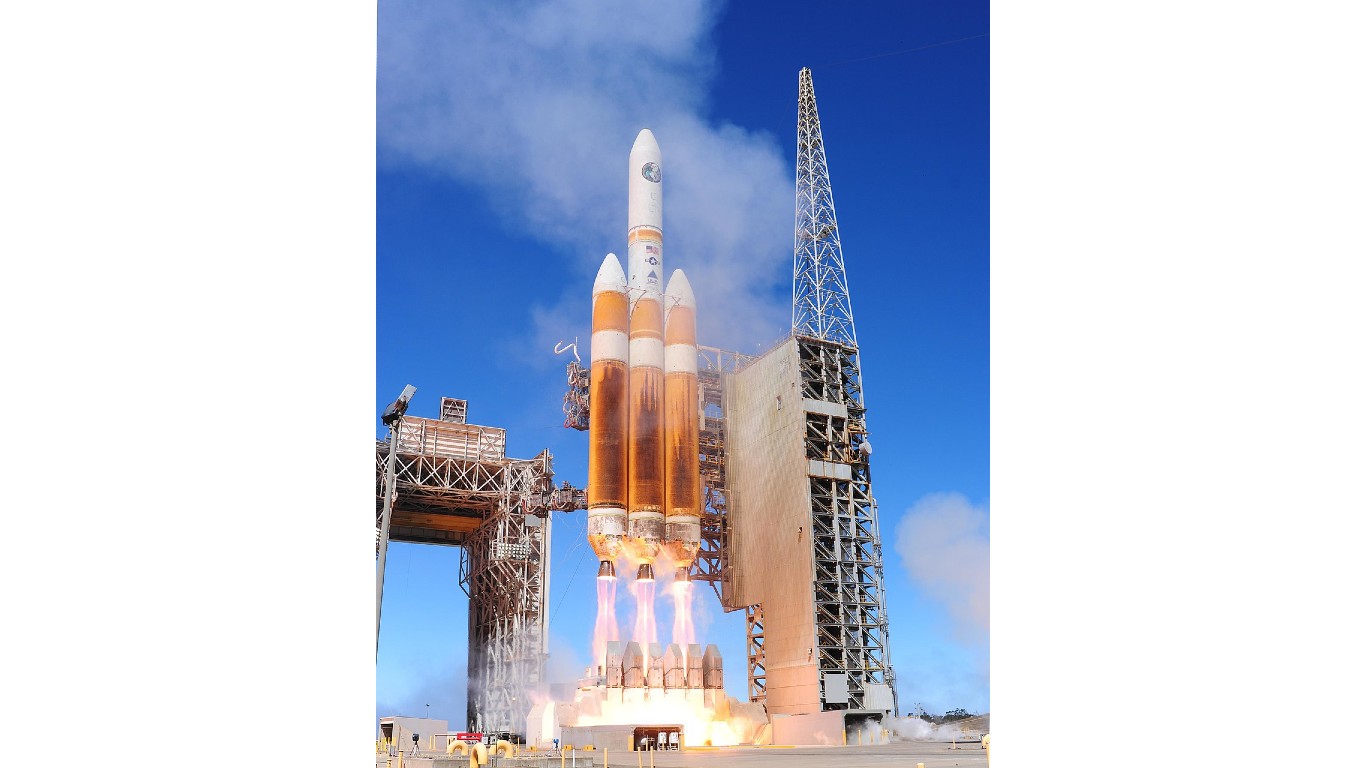
16. National Security Space Launch research and development
> Total approved funding: $154 million
The National Security Space Launch program, also known as the NSSL, provides launch services for national security satellites. Parts of this funding go to experimental flight as well as for the restoration and maintenance of previously-used ballistics.

15. CH-53K Chinook development and testing
> Total approved funding: $220 million
The Chinook helicopter has been a staple of the U.S. armed forces, serving as a heavy lift and assault helicopter since the Vietnam era. Despite dating back decades, the CH-53K is still an invaluable asset. The funding goes to support continued software development and technological improvement of previous deficiencies.
[in-text-ad-2]

14. Israeli cooperative research
> Total approved funding: $300 million
Historically, the U.S. has cooperated with foreign nations for developing weapons systems and the Israeli cooperative research is no different. The funding is going towards David’s Sling, Arrow-3, and Iron Dome. These projects are part of Israel’s missile defense system, which is capable of intercepting planes, drones, and tactical ballistic missiles in the medium and long range.

13. Global Positioning System IIIF
> Total approved funding: $318 million
The U.S. military currently operates a series of satellites capable of relaying relevant combat data and support to troops on the ground. The GPS III Follow-on IIIF furthers the capabilities of these satellites through upgraded software and then testing.
[in-text-ad]
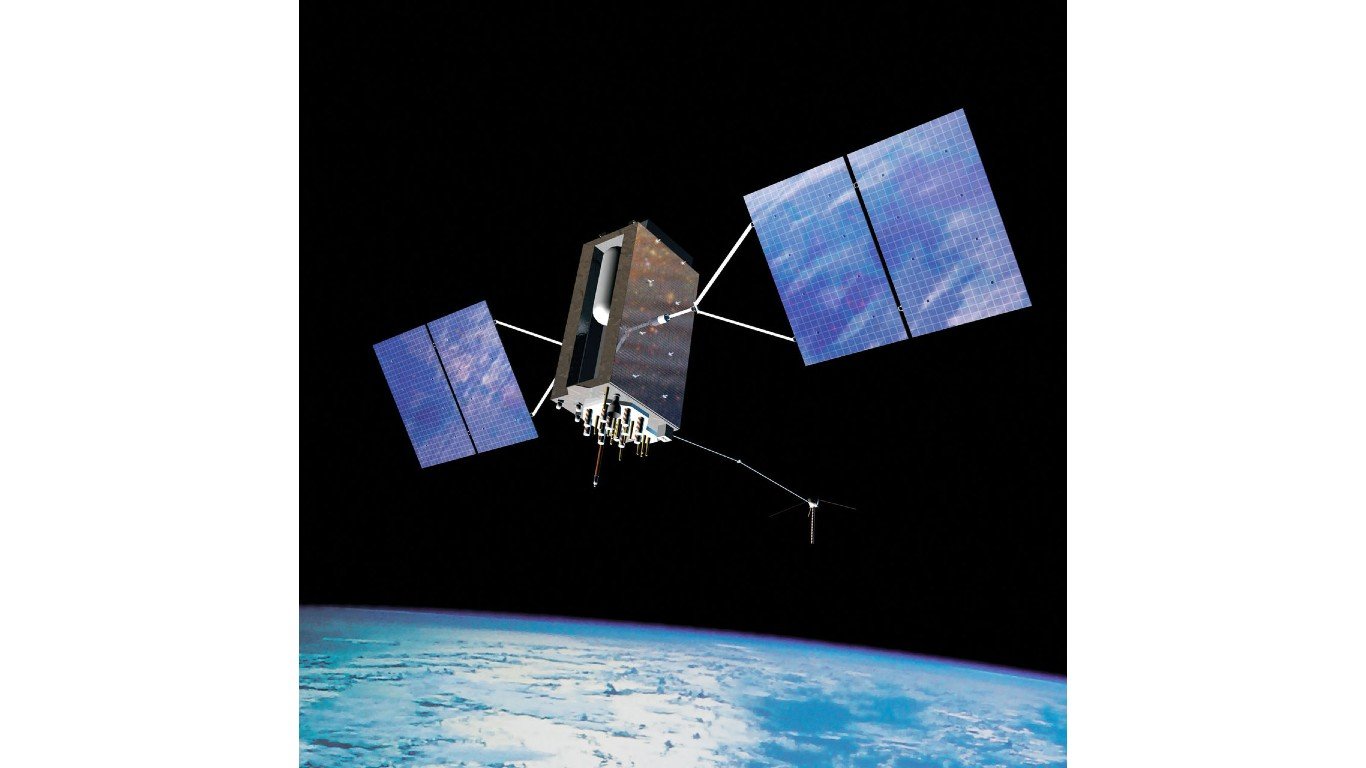
12. Global Positioning System III Operational Control Segment
> Total approved funding: $360 million
The Operational Control Segment for GPS III is somewhat outmoded. This funding allows for the transitioning of satellite constellation operations from OCS to the updated OCX, or Next Generation Operational Control System.
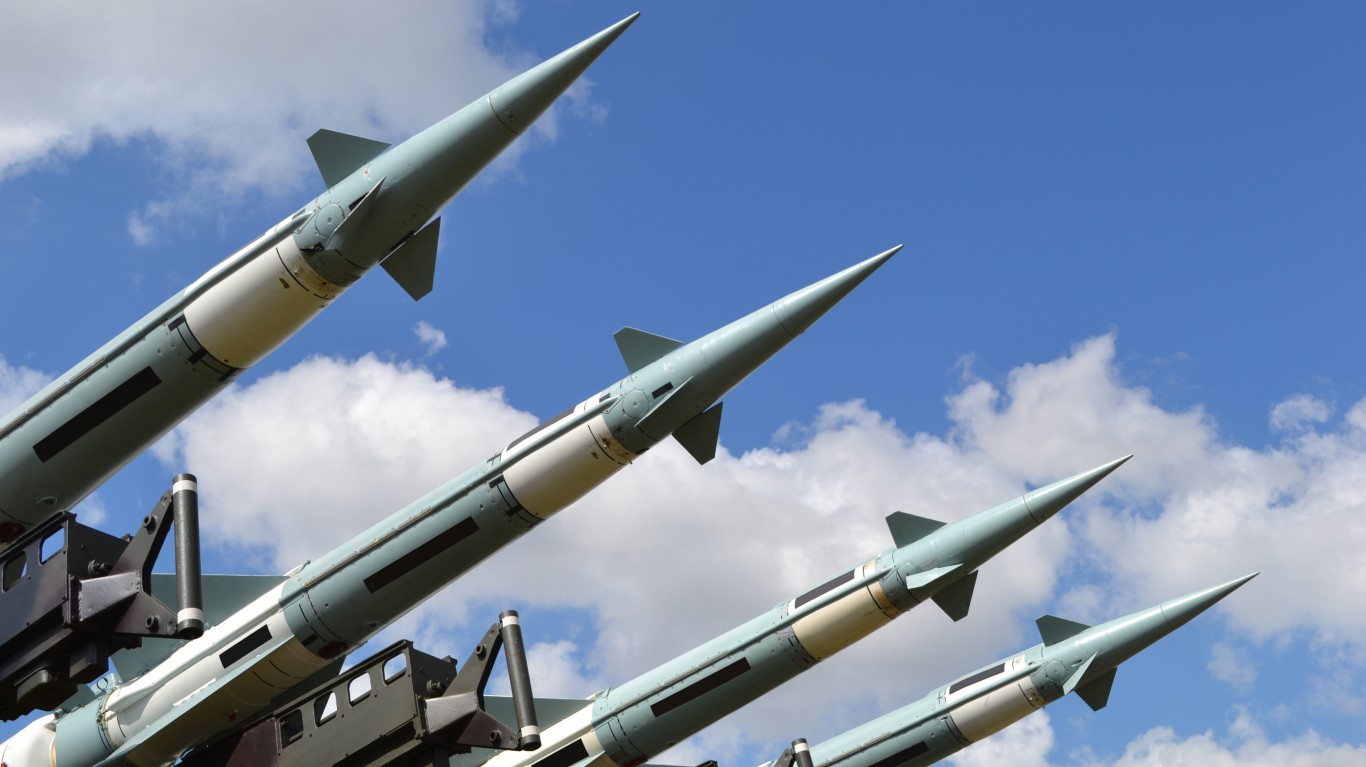
11. Army Lower Tier Air Missile Defense
> Total approved funding: $380 million
The Army Lower Tier Air Missile Defense Sensor acts as a defense system against tactical ballistic missiles, cruise missiles, and more. The funding would ensure its continued software enhancement and increased identifying capabilities.

10. Global Positioning System user equipment
> Total approved funding: $383 million
This funding is for the updating of GPS user equipment and software on ground, aircraft, ships, and weapons systems. As technology of legacy satellites is being updated, vehicles need updated equipment as well.
[in-text-ad-2]
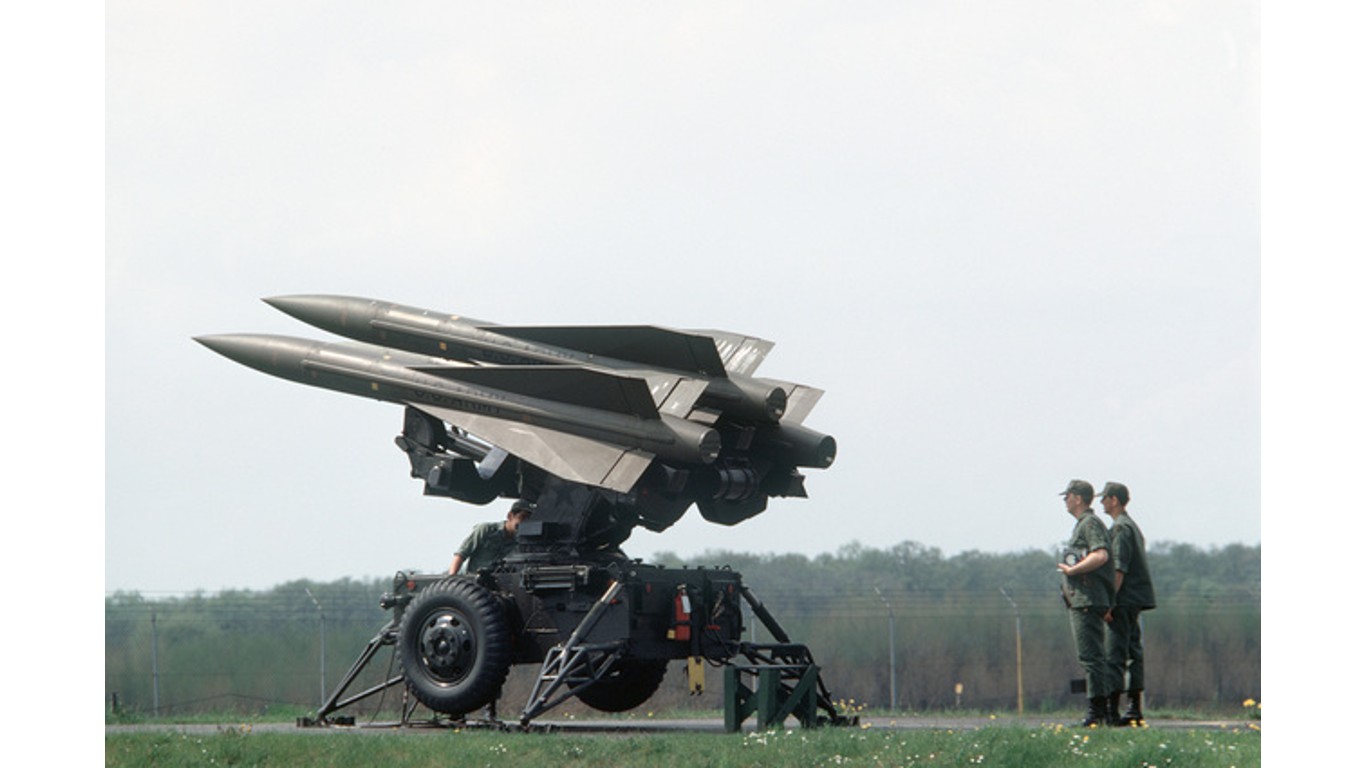
9. Army Mid-Range Missile capability
> Total approved funding: $404 million
This funding goes to further development and testing of mid-range missile capabilities for the U.S. Army. The continued software enhancement will remain a focus for improved targeting and combat identification.
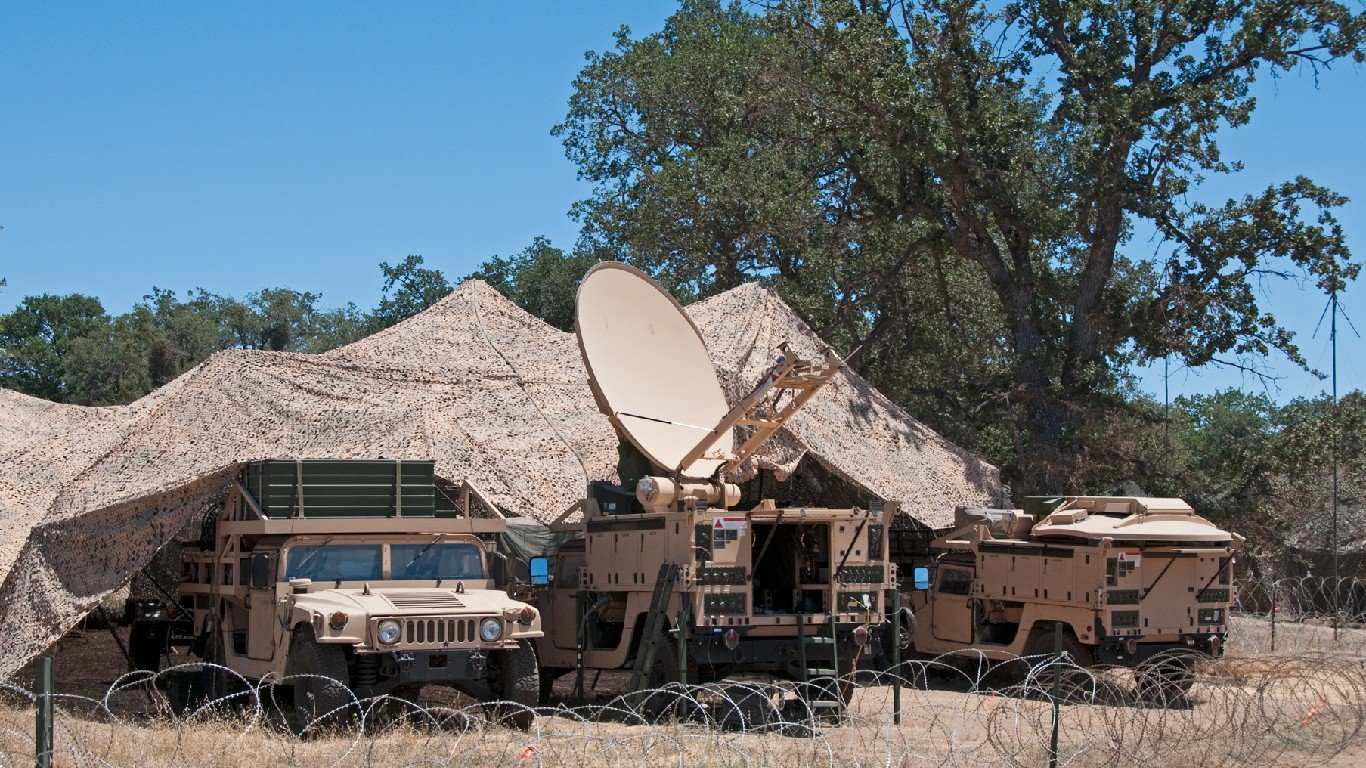
8. Resilient Missile Warning-Missile Tracking programs
> Total approved funding: $788 million
The Resilient Missile Warning and Missile Tracking is a follow-on system that will be outfitted and updated on military satellites. As the name suggests, it will be used for surveilling missiles. Funds will go towards the development of the actual satellites and the ground system.
[in-text-ad]

7. Army Long-Range Hypersonic Weapon
> Total approved funding: $849 million
The Long-Range Hypersonic Weapon is still under development by the U.S. Army but could see service in the coming years. Funding for this project goes towards further development and ultimately outfitting naval vessels.
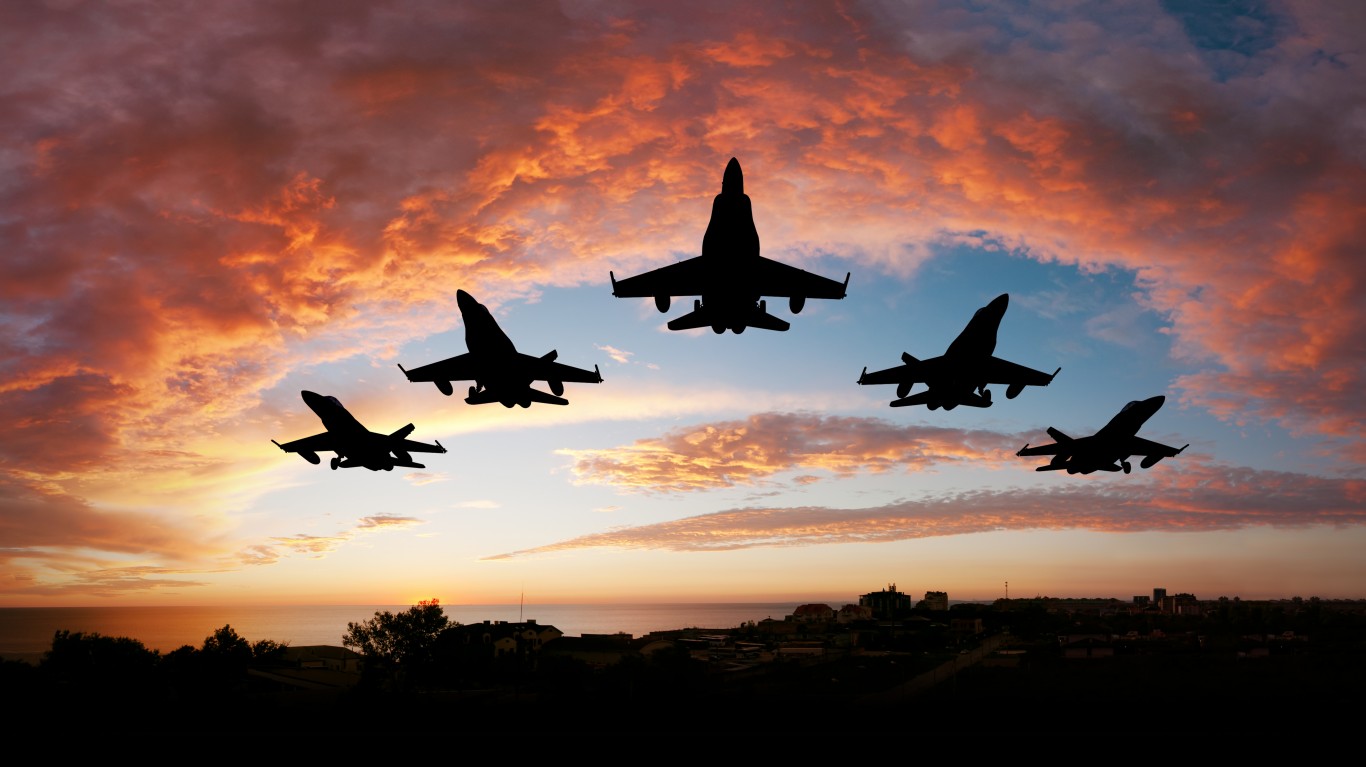
6. Army Future Vertical Lift, Future Attack Reconnaissance Aircraft, and Future Long Range Assault Aircraft
> Total approved funding: $1.1 billion
As their names suggest, funding for these programs is meant for the further development and testing of the next generation of aircraft. The programs aim to develop different types of aircraft – helicopters, fighter jets, or stealth bombers.
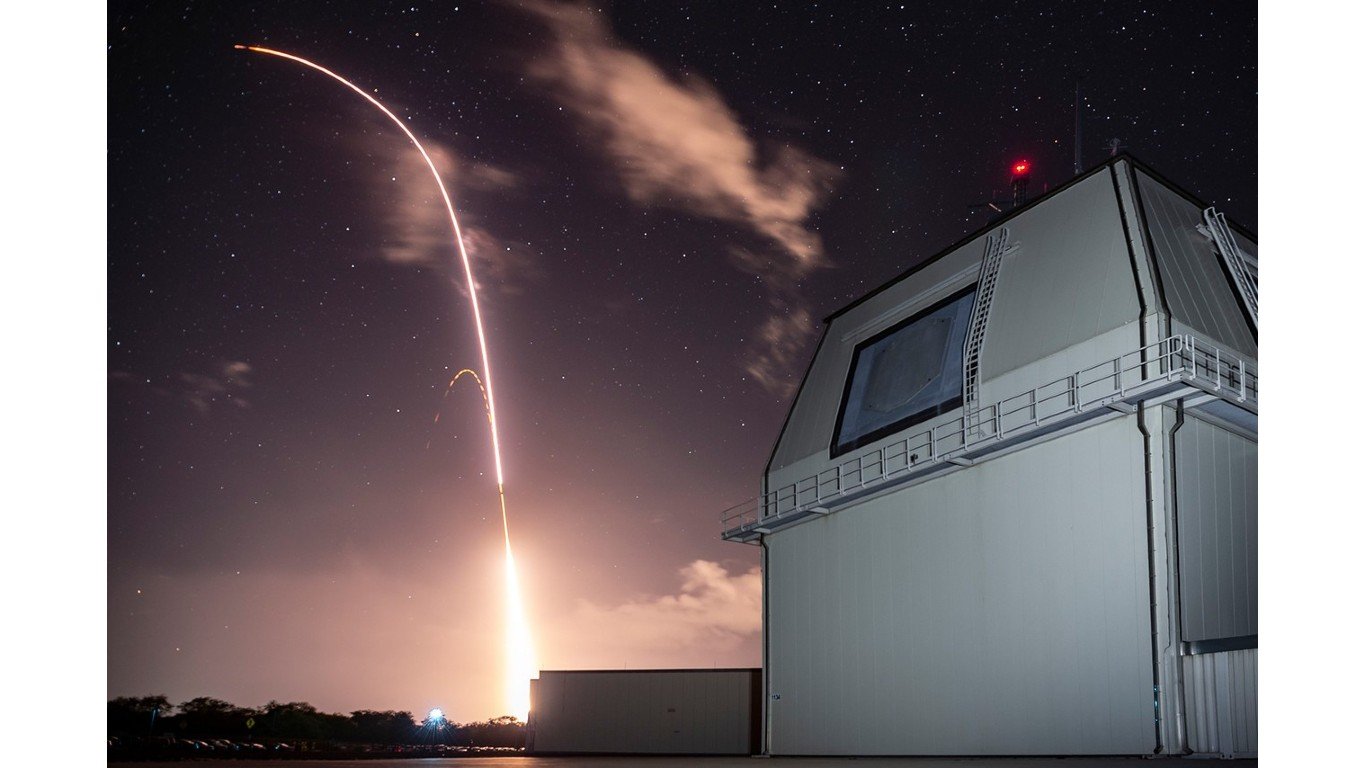
5. Navy Sea Launched Cruise Missile
> Total approved funding: $1.23 billion
This funding goes to develop the Navy Aegis Weapons System to deal with more threats, including cruise missiles and hypersonic missiles. The Navy already has many of these systems in place and under procurement, but these funds will specifically go to the testing and software development for the AWS.
[in-text-ad-2]
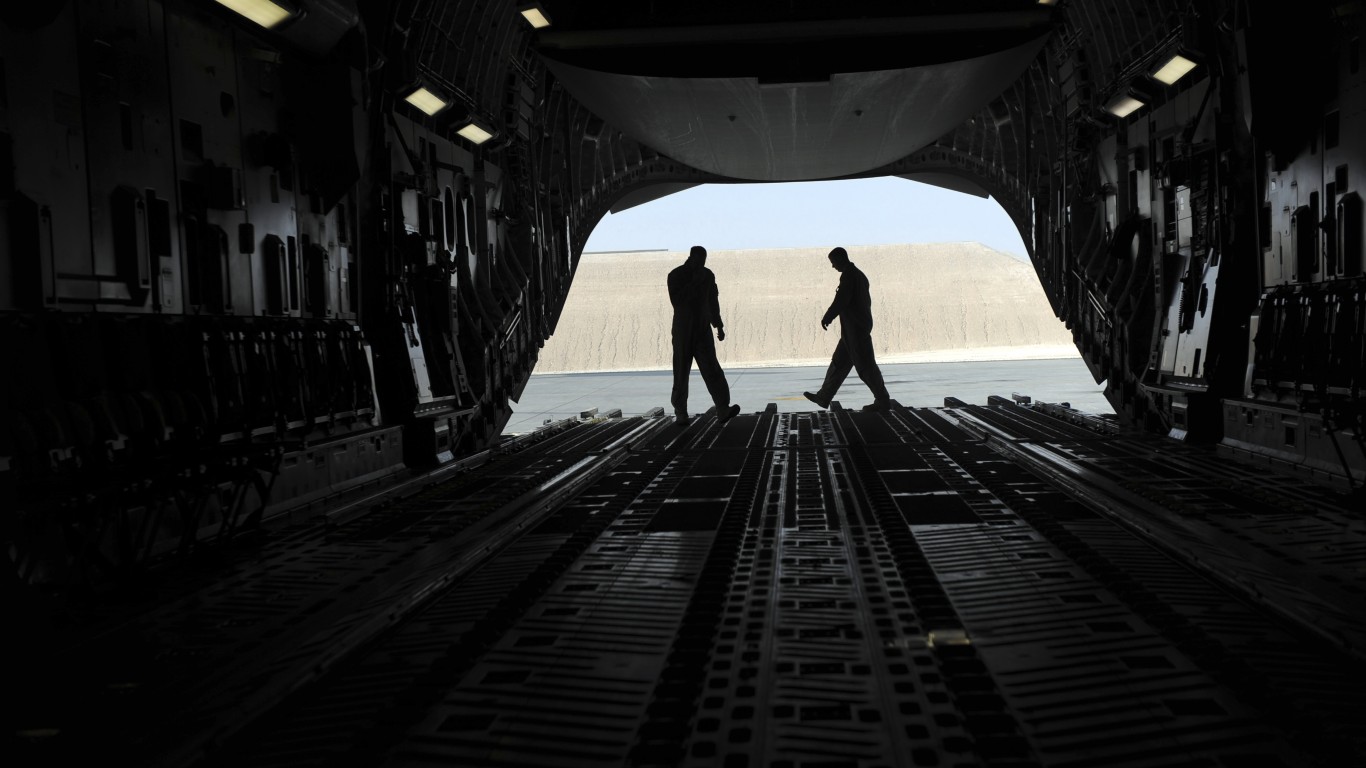
4. Air Force Next Generation Air Dominance Program
> Total approved funding: $1.7 billion
The Next Generation Air Dominance is an Air Force program currently in the sixth generation of development. The program aims to develop a family of systems that would surpass the current aircraft in service. Funding for projects under this umbrella go namely towards development of these new systems and then testing.

3. F-35 Joint Strike Fighter
> Total approved funding: $2.2 billion
The F-35 is perhaps the most advanced fighter jet on the planet, and this has come at no small cost to the U.S. RDT&E budget. The continued funding of this aircraft outside of basic procurement is to conduct further operational testing and incrementally improve warfighting capabilities to keep the F-35 at the top of the food chain.
[in-text-ad]
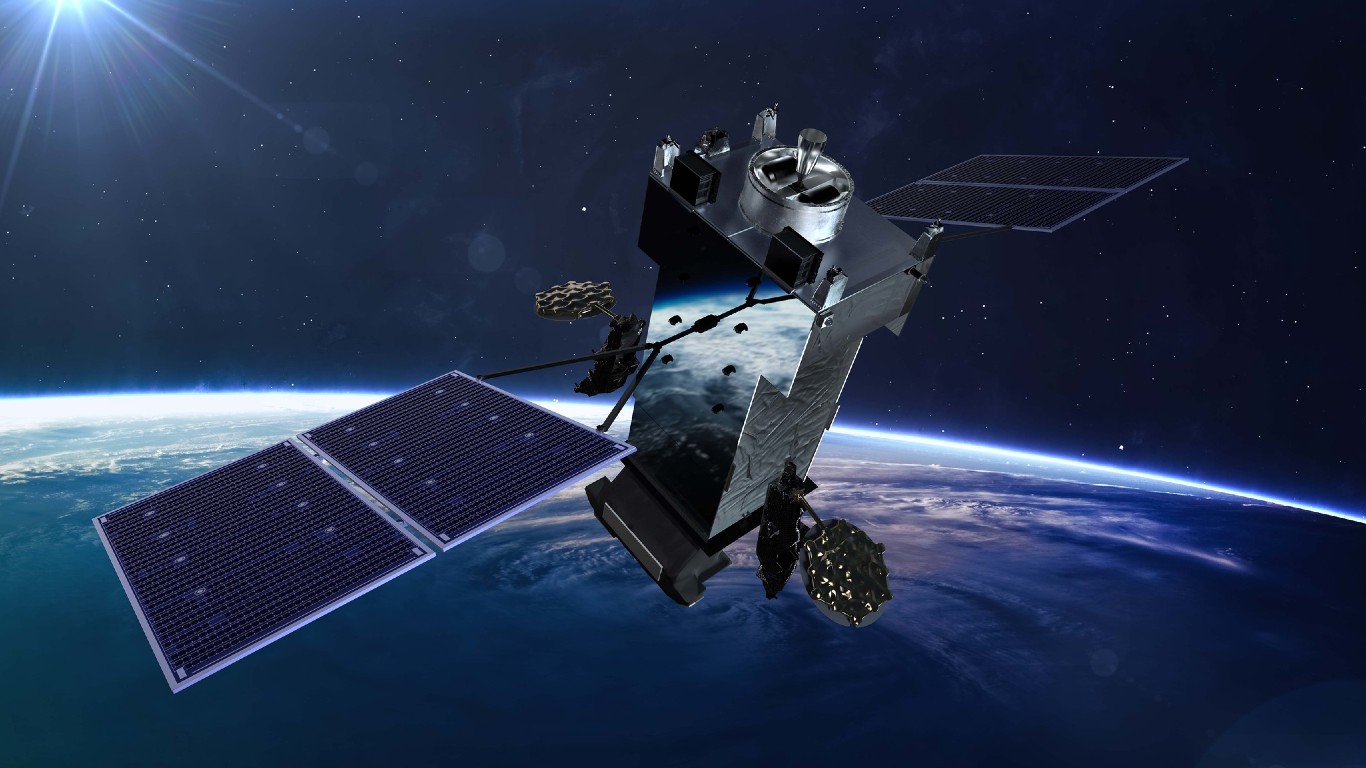
2. Next Generation Overhead Persistent Infrared
> Total approved funding: $3.45 billion
The Next Generation Overhead Persistent Infrared refers to one of the space-based systems that is under development by the U.S. military. Basically, this system allows for constant surveillance from space with a high degree of accuracy, specifically for the early warning and tracking of missiles.
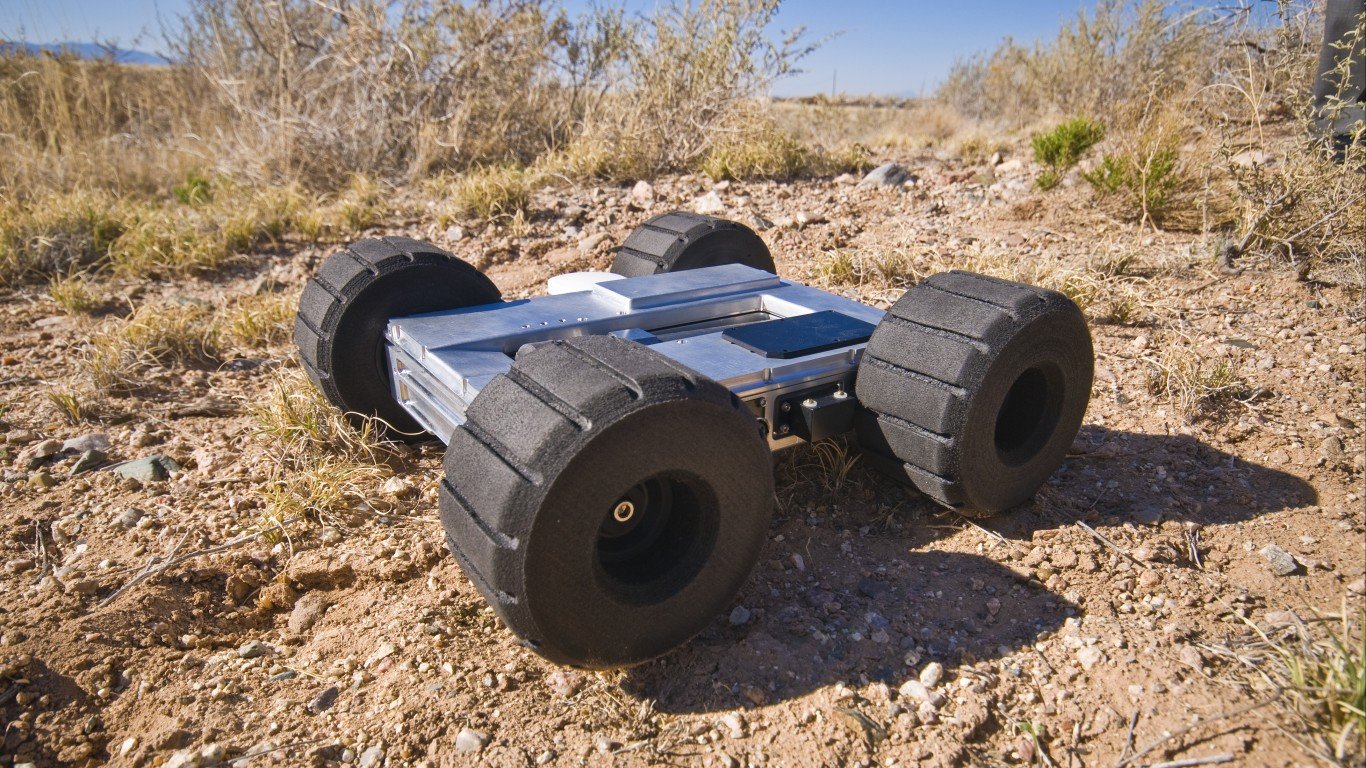
1. DARPA Research Programs
> Total approved funding: $4.06 billion
The Defense Advanced Research Projects Agency, or DARPA, has created some of the most high-tech weapons on the planet, including stealth, night vision goggles, and laser guided missiles to name a few. A fair amount of DARPA’s ongoing projects are classified and Congress cuts the check straight to the agency and does not mention any of the specifics.
Essential Tips for Investing: Sponsored
A financial advisor can help you understand the advantages and disadvantages of investment properties. Finding a qualified financial advisor doesn’t have to be hard. SmartAsset’s free tool matches you with up to three financial advisors who serve your area, and you can interview your advisor matches at no cost to decide which one is right for you. If you’re ready to find an advisor who can help you achieve your financial goals, get started now.
Investing in real estate can diversify your portfolio. But expanding your horizons may add additional costs. If you’re an investor looking to minimize expenses, consider checking out online brokerages. They often offer low investment fees, helping you maximize your profit.
Thank you for reading! Have some feedback for us?
Contact the 24/7 Wall St. editorial team.

 24/7 Wall St.
24/7 Wall St.


